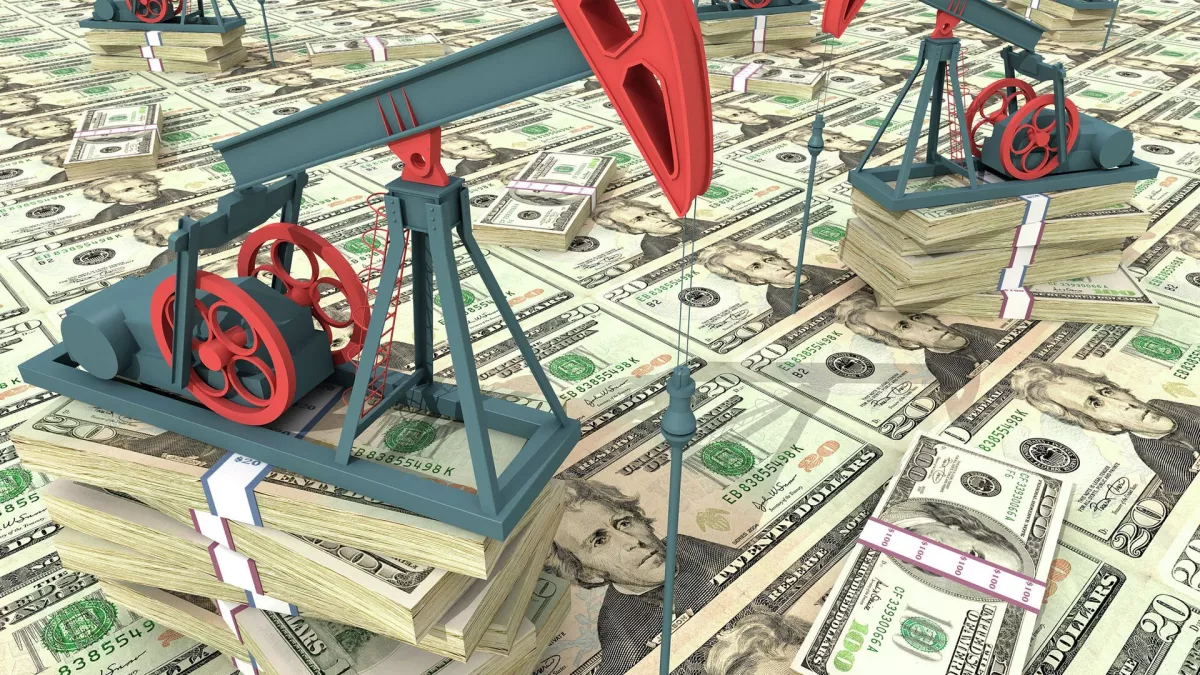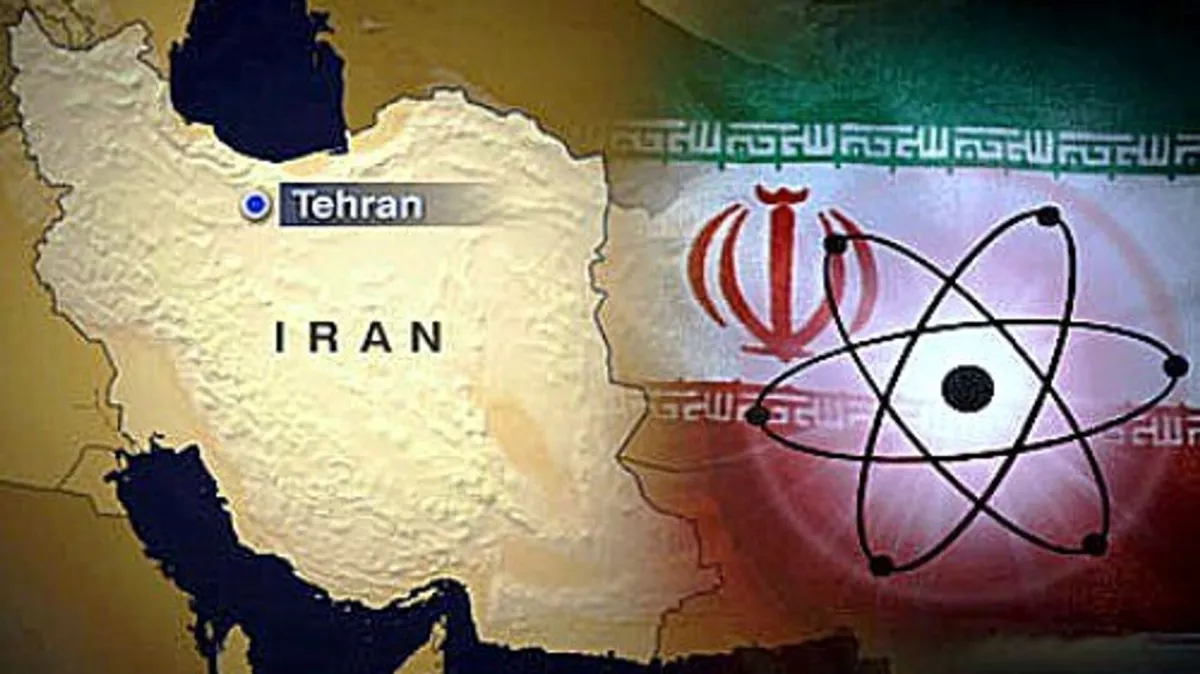Hormuz gambit: Oil, missiles, and last-minute peace Caliber.Az review
The twelve-day war between Iran and Israel has come to an end. Its final act was marked by U.S. airstrikes on Iran's nuclear facilities on June 22, followed by an Iranian missile attack on the American Al Udeid military base in Qatar on June 23 evening. The situation was on the verge of becoming critical, especially after the Iranian parliament's decision on Sunday to close the Strait of Hormuz — a vital chokepoint through which around 25% of the world’s oil supply passes. Amid this escalation, Brent crude prices on June 23 morning soared to a five-month high. However, by the night of June 24, as trading opened on Asian markets, Brent prices plummeted significantly after U.S. President Donald Trump announced a ceasefire agreement between Iran and Israel.
The experience of the 20th and early 21st centuries demonstrates the inseparable link between “war” and “oil prices”: conflicts—especially those affecting the Middle East—have a direct and significant impact on commodity price dynamics. However, the events of recent decades now seem like mere warm-ups compared to the large-scale drama unfolding in recent days.
Given the scale and intensity of the Iran-Israel war that began on June 13, the involvement of the United States—whose air force struck Iranian nuclear facilities on the night of June 22—and the Islamic Republic of Iran’s threats to destroy American military bases and critical infrastructure across the Middle East, most experts believed that the global oil market had entered a prolonged period of price volatility and sustained pressure.

The strongest argument in favour of rising energy prices was the resolution passed on June 22 by the Iranian parliament to close the Strait of Hormuz. Tehran’s willingness to take such an extreme step was evident in the days leading up to the decision, as port terminals across Iran were frantically loading around fifty oil tankers in an effort to move them out of the potential “trap” of the Persian Gulf as quickly as possible.
This was further confirmed by data from TankerTrackers: in the final ten days of June, Iran’s average daily oil exports rose to 2.33 million barrels—an increase of 44% compared to the previous 12-month average. According to Bloomberg, citing a JPMorgan forecast, even a partial blockade of this strategic route—through tanker attacks, GPS jamming, or sea mines—could severely disrupt global supply chains and push oil prices up by as much as 70%.
Such a grim scenario is largely due to the limited capacity of alternative pipeline routes. Saudi Arabia and the UAE operate a pipeline that can partially bypass the Strait of Hormuz, but its total available capacity is only 2.6 million barrels per day—a relatively small volume. Additionally, Saudi Aramco operates the East-West pipeline, which leads to the Red Sea. However, these pipelines cannot compete with the volume handled by oil tankers.
For comparison, in 2024, approximately 20 million barrels of oil per day were transported via tankers through the 33-kilometre-wide Strait of Hormuz between Oman and Iran—a figure that remained stable in the first quarter of this year. The situation was further aggravated by the fact that, if Hormuz were closed, Iran could simultaneously disrupt shipping through the Bab el-Mandeb Strait. Supporting this possibility were recent statements from leaders of the Houthi movement in Yemen, expressing their readiness to abandon an agreement with the United States on ensuring safe passage through the Red Sea.
The tense geopolitical situation and the risk of the Iran-Israel conflict expanding to involve more countries were most clearly reflected in oil market prices. By June 23 morning, August Brent crude futures on the London ICE exchange had risen by 5.7% to $81.40 per barrel. Oil prices reached a five-month high for the first time since January 20, and several experts anticipated a further surge to as much as $120 per barrel.
According to the worst-case forecasts, the countries most affected would be China, India, Japan, and the Republic of Korea, which together accounted for 69% of all oil and condensate shipments from the Persian Gulf. Overall, in 2024, 84% of crude oil and 83% of LNG passing through the Strait of Hormuz were destined for Asia. Any extension of delivery routes and rising freight rates would inevitably drive up energy prices across the Asia-Pacific region.

However, the anticipated worst-case scenario did not materialise. Oil prices plummeted during Asian trading on June 24 after U.S. President Donald Trump announced a ceasefire between Iran and Israel, effectively ending their fierce twelve-day conflict. “CONGRATULATIONS TO EVERYONE! It has been fully agreed by and between Israel and Iran that there will be a Complete and Total CEASEFIRE,” Trump declared. He noted that the war would come to an end within 24 hours of the ceasefire taking effect.
Iran’s Foreign Minister Abbas Araghchi also confirmed that military operations against Israel had ceased at 4:00 a.m. local time on June 24.
Thus, the worst was averted: Israel and the U.S. refrained from targeting Iran’s oil infrastructure, and shipping through the Strait of Hormuz was not disrupted. Speaking on the U.S. news channel Fox News (FNC), Vice President J.D. Vance stated that the U.S. airstrikes over the weekend had achieved their objectives, and that Iran is no longer capable of developing nuclear weapons.

Immediately after the ceasefire agreement was reached, Brent crude oil prices fell to $68.23 per barrel at the start of Asian trading on June 24. “Traders are now firmly of the belief that the risk of a supply shock is now firmly in the rear-view mirror.” said Chris Weston, head of research at Pepperstone Group Ltd. “The prospect of a prolonged conflict with US involvement has been repriced, giving the green light to add risk, and pare back well-owned tail-risk hedges.”
According to Bloomberg, Donald Trump made it clear that he supports lowering energy costs to bolster his economic agenda while continuing an aggressive trade policy. On June 23, following U.S. airstrikes on Iran, he demanded that energy producers reduce oil prices and urged the U.S. Department of Energy to facilitate increased drilling activity domestically.
In recent days, Federal Reserve Board member Christopher Waller and Vice Chair for Supervision Michelle Bowman indicated they could support a rate cut in July if inflation remains subdued. In this context, the downward trend in oil prices is a key factor, as it may help ease global inflationary pressures, thus alleviating the challenges faced by the Fed and leading central banks worldwide, potentially paving the way for lower interest rates.








